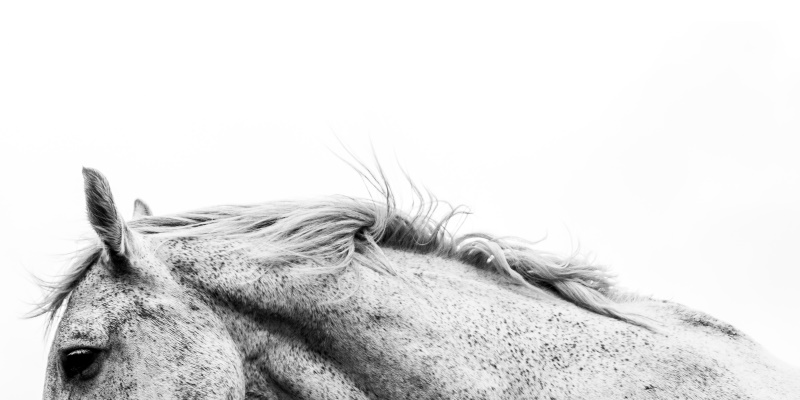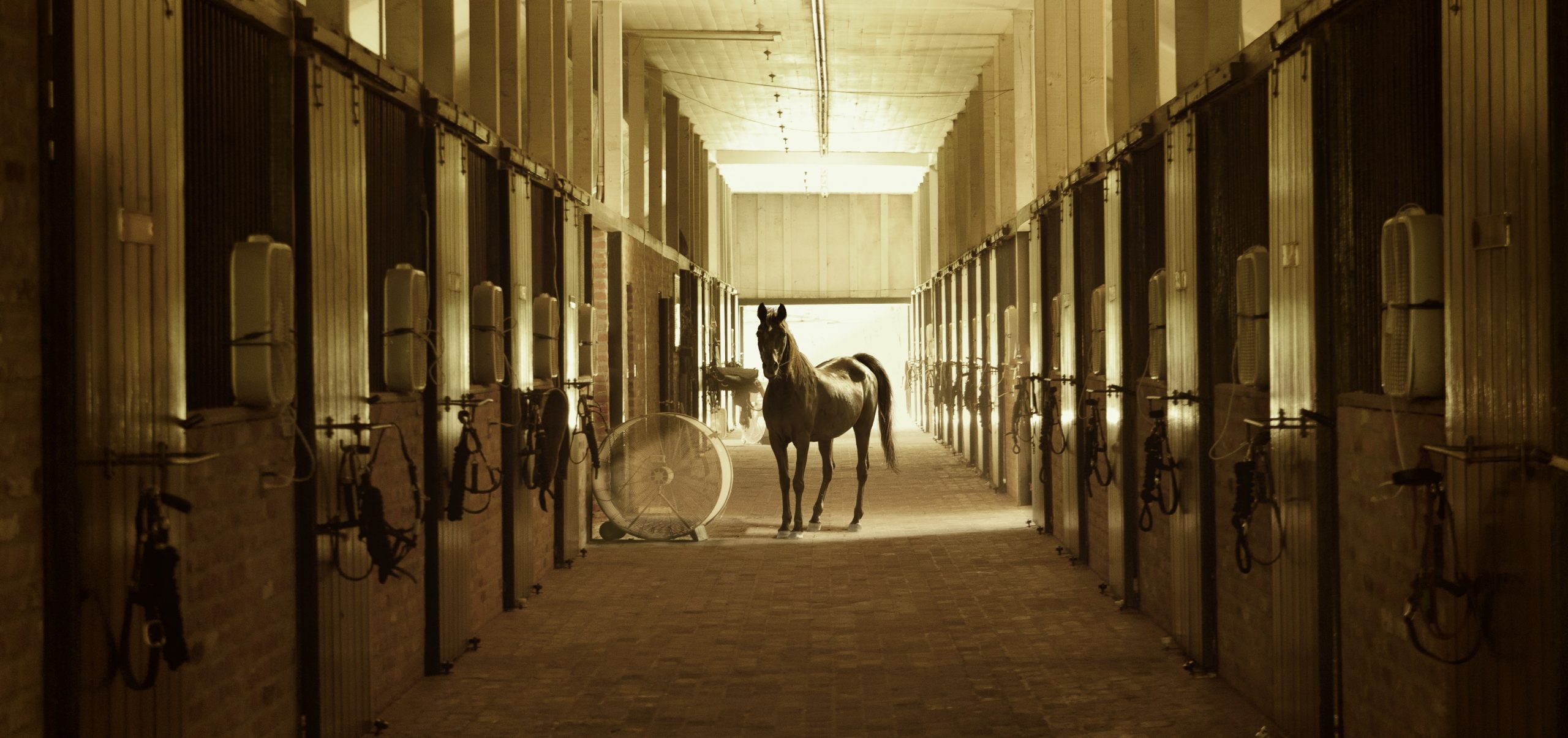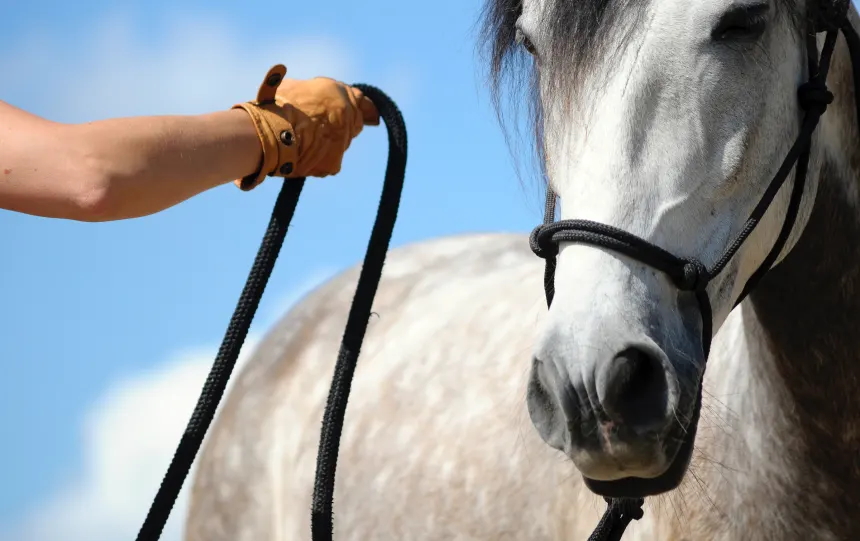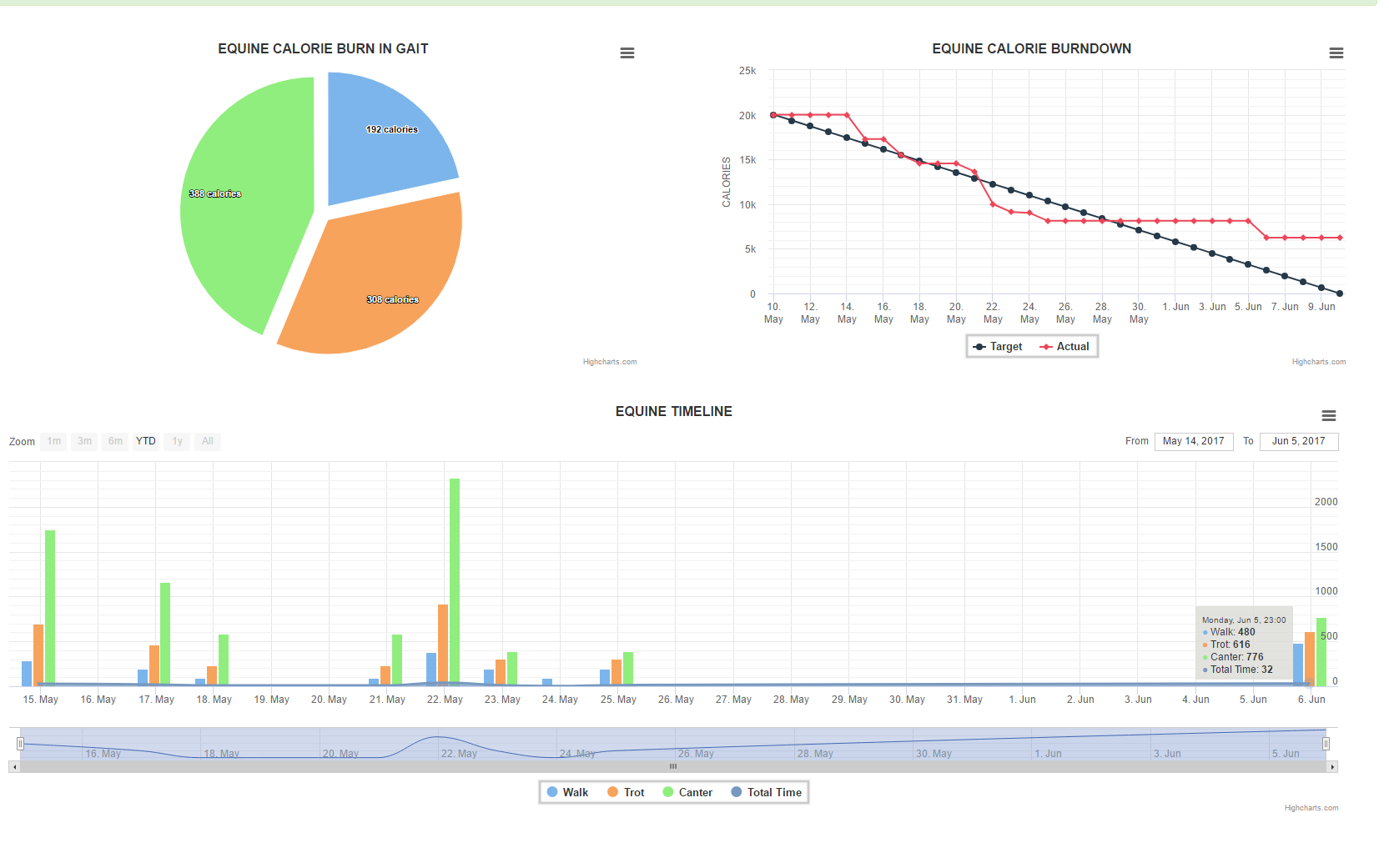Being big is a slight advantage in terms of speed but a significant mechanical disadvantage in many other ways. Large animals run no faster than smaller animals. An animal’s speed equals the length of its stride times the number of strides it takes in a minute. Large animals have long legs and have a proportionately longer stride, but they have a more challenging time making their bigger legs move back and forth as fast.
Their increased cumbersomeness almost perfectly cancels out the advantage of longer legs like an animal’s size increases. The force a muscle can bear on a limb to make it accelerate is proportional to the cross-sectional area of the muscle fibres-a thick rope can pull harder than a thin one. So big animals can exert more force on their legs than small ones. But that advantage is more than offset by a disadvantage that accrues much faster with increasing size: limbs get heavier. Cross-sectional area increases only with the length squared, while the mass of an animal and its separate moving parts increases with volume or length cubed. Thus as an animal gets bigger, the weight of its legs increases faster than the muscle power available to make those legs move quickly. It would be like trying to make a car go faster by putting in a bigger engine, only to find that the extra weight of that bigger engine and the beefed-up framing needed to support it made the car run slower.
So, while stride length increases in proportion to the length of an animal’s leg, stride frequency decrease in much the same ratio, so speed stays much the same regardless of size.
This calculation only holds for geometrically similar animals- that is, whose limbs and muscles are all built to the same proportions. But horses have evolved some ways to get around the cookie-cutter plan and so beat the odds.
Their legs are disproportionately long for an animal of their size, and their muscles are arranged in unique ways to increase stride frequency. These adaptations allow horses to hit top speeds more significantly than any other land animal of equal size.
Yet the more remarkable thing about the mechanics of the horse is not so much how it attains the speeds it does, but rather how it deals with the accompanying problems of being fast and big.
It is in the realm of endurance that the horse truly excels. Despite its considerable weight, a horse can maintain speed over huge distances. Horses have clocked 80 kilometres in a little over four hours. Such performance demands extraordinary efficiency in mechanical design.
At the same time, being big, heavy, and fast places enormous structural loads on the limbs. They must be lightweight to attain high accelerations yet strong enough to sustain the impact of galloping over uneven terrain.
Designing something that is at once light and strong is a classic mechanical engineering problem. Engineers not too long ago began to realize that Engineers could apply the same methods developed to analyze how materials bear up under load in buildings or aeroplanes to animals and plants to understand why they take on the forms they do.
On occasion, these “biomechanical” studies have even pointed to engineering solutions to difficult aerodynamic or robotic design problems-solutions that nature had already hit upon through the long trial and error of evolution. The story of how the horse’s legs evolved to strike a complex balance among speed, efficiency, and strength is likewise a story of engineering.







Leave A Comment